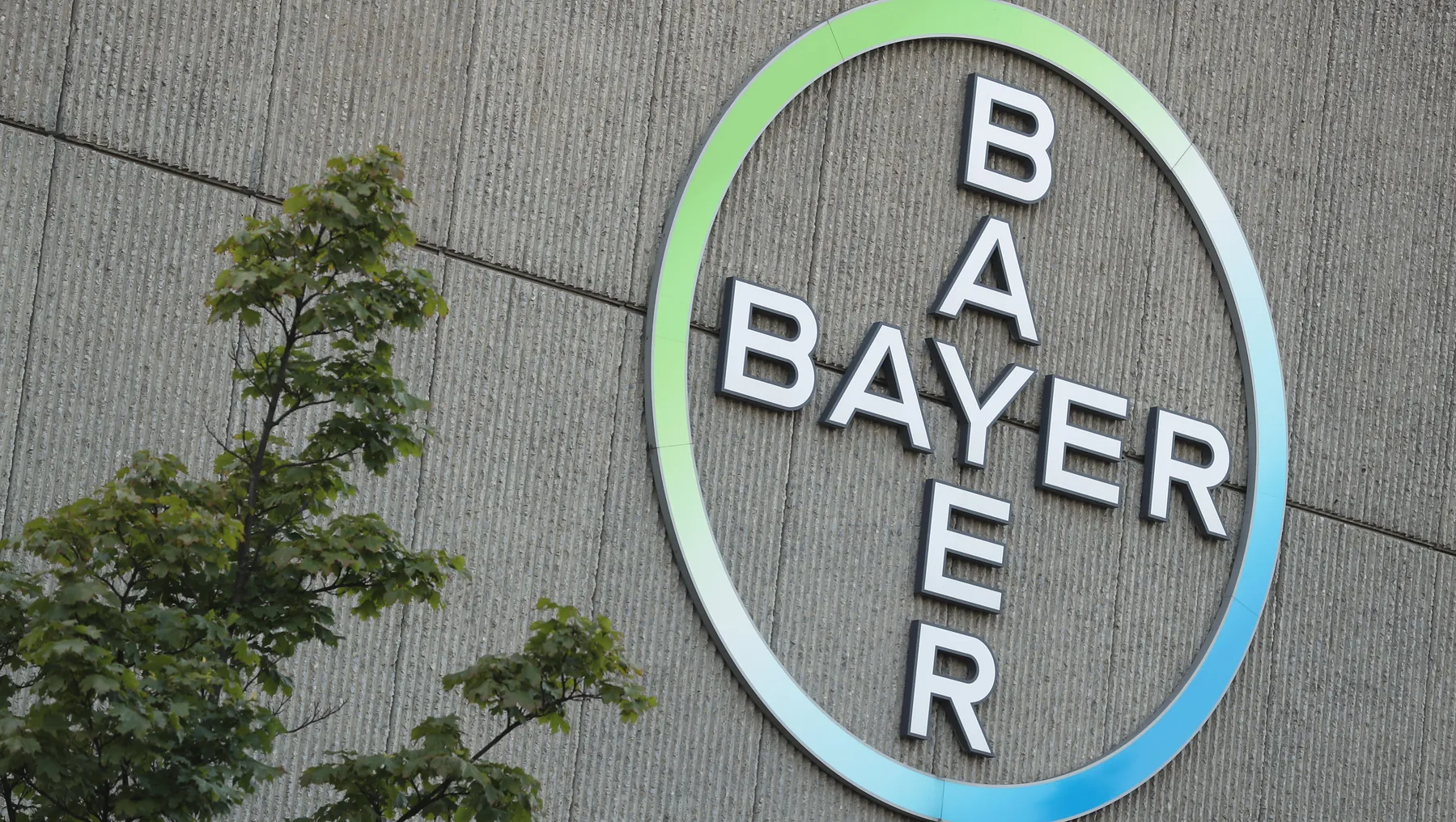
To overcome barriers, cell and gene therapies need outside support
Cell and gene therapies are a burgeoning market expected to reach $106 billion by 2033. But critical bottlenecks still obstruct the way forward to the field’s full potential, said Fran Gregory, vice president of emerging therapies at Cardinal Health.
Cutting-edge treatments offer the possibility of a one-and-done cure if the industry can overcome access and information issues and sky-high sticker prices that have thrown the traditional pharma payment model for a loop and put treatments out of reach for many patients. Gene therapies such as Orchard Therapeutics’ $4.2 million Lenmeldy and CSL Behring and UniQure’s $3.5 million Hemgenix, now two of the highest-cost drugs in the world, are forcing payers to rethink traditional payment models.
While cell and gene therapies are often associated with cancer treatment, the more than two dozen FDA-approved treatments also include products in hematology and neuromuscular conditions, including rare diseases with no other treatment options, Gregory said.
A Tufts Medicine consortium estimated the FDA could sign off on as many as 66 more product-indication approvals by 2032, and there could be 41 conditions with a cell and gene treatment option by 2027. Potential new technologies, such as off-the-shelf, allogeneic and in vivo CAR-T options are progressing and may offer advantages over traditional CAR-T cell therapies.
To make this happen, manufacturers need provider and patient buy-in, which will require safety, access and affordability guarantees.
Barriers to uptake
Many cell and gene therapy treatments are only available through manufacturer-certified providers or facilities — typically academic medical centers in cities that may be far from prospective patients. Gregory said access is limited because it’s often too hard for patients to travel to the treatment site.
To make matters more complicated, local doctors may sometimes be reluctant to give up a patient, preferring to treat them in-house. In other instances, doctors and patients don’t know the therapies are an option.

Patient out-of-pocket costs also vary dramatically.
“It’s really all over the board,” Gregory said. “Sometimes patients have low out-of-pocket costs, and some patients face huge financial burdens.”
Affording treatment may be impossible for some, depending on their insurance coverage, although some foundations offer financial assistance.
Manufacturer-sponsored programs help others, but not those with government-funded insurance, such as Medicare or Medicaid, Gregory said. For example, because Medicaid coverage is determined independently by states, two Medicaid patients with the same condition might have different treatment access.
Solutions on the rise
“As this market evolves, we're finding a lot of solutions to a lot of these problems,” Gregory said.
Among them, the Centers for Medicare and Medicaid Services has instituted the Cell and Gene Therapy Access Model, which is slated to roll out in January, aiming to forge value-based agreements between states and cell and gene therapy companies to reduce prices and create outcome-based payment incentives.
"These are amazing products, life changing and life-saving in many cases, so they’re something we want to continue to support."

Fran Gregory
VP of emerging therapies, Cardinal Health
Gregory supports asking manufacturers to clarify medical necessity guidelines. Individual companies such as Kite aim to certify more community oncology practices, where most cancer patients seek treatment.
Cardinal Health is taking steps to help manufacturers work with payers earlier in the process, giving them information about cost, risks and benefits to prepare products hitting the market, Gregory said.
“If you look online and try to figure out if these products are covered for certain payers or certain health plans, it's very difficult to determine,” she said. “Clarifying treatment guidelines and medical necessity guidelines would save healthcare providers and patients a lot of time.”
Innovative payment models could permit installment payments or offer warranties or rebates if the treatment fails.
“We've got to figure out how manufacturers and payers can work together to mitigate that huge one-time cost to their health plan,” Gregory said.
The field will likely make big strides in the next few years.
“I think we'll continue to see the FDA supporting cell and gene therapy products, which is exciting,” she said, but progress will depend on investors, payers and healthcare community backing.
“These are amazing products, life changing and life-saving in many cases, so they’re something we want to continue to support,” Gregory said.











